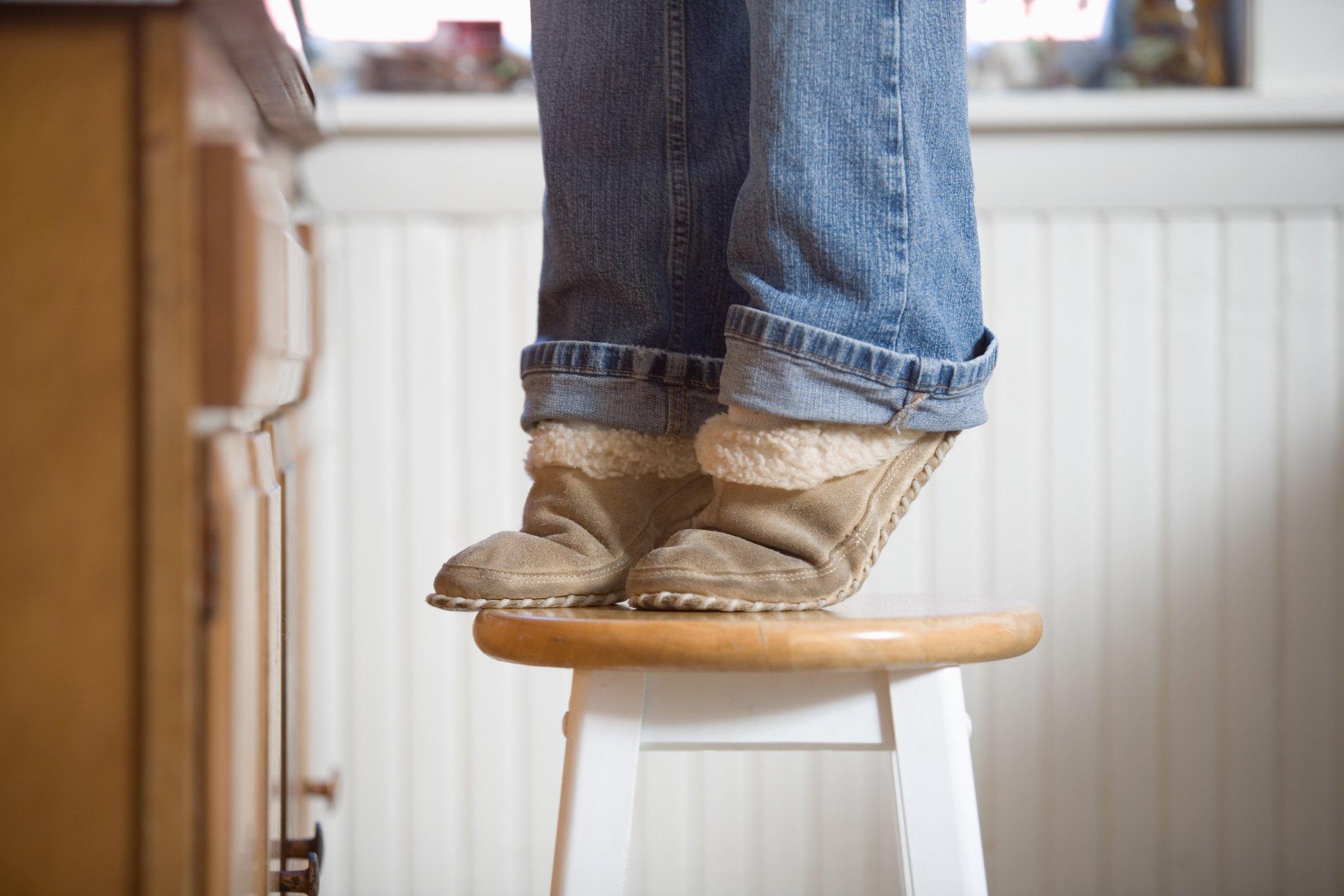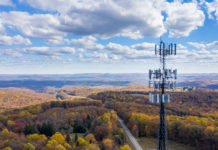Summer is here. There will be barbecues. Sand will find its way into the strangest places. Your family, extended family, kids’ friends and friends of friends—even complete strangers—will sail in and out of your home. But that’s OK, because you’ve fraud-proofed your house…right?
Identity theft is a truly democratic crime: Anyone can do it, anyone can become a victim; and sadly, it’s almost inevitable that everyone will be a victim. That said, there are ways to delay your day of reckoning–like making your house as fraud-proof as possible.
While it’s good to be aware of the potential for foul play—and bearing in mind the ways you can “get got” are not only endless, but in too many cases beyond your control—you can still lower your risk by getting your ducks in a row and keeping any item or document that exposes your personal identifying information (PII) out of harm’s way.
Bad Housekeeping
One of the many identifiers used by government and business alike to confirm that you’re you is a utility bill. Way too many people leave those babies, along with bank and brokerage statements, credit card bills, tax documents, medical explanation of benefits reports and insurance notices sitting on kitchen counters and desks or in unlocked drawers or unsecured file cabinets – bad idea.
But for the moment, let’s look beyond the possibility that someone in your life grabs a couple of utility bills and runs to the nearest mobile phone store in an attempt to purchase a smartphone “on you.” The bigger question is how much information do you have lying around? And what happens if you’re out, and your kid lets the cable guy into your home, then blithely returns to Grand Theft Auto (or the glowing Bermuda-triangle of app-based time-loss), leaving a potentially imperfect stranger to roam and grab whatever they need to perpetrate a fraud against you?
While most households aren’t built on a mountain of cash and manage to get by without the help of a butler, cook, nanny, tutor or housekeeper, most houses do have gas and electricity meters, and they aren’t always outside. Appliances break down from time to time (or, if your luck is as good as mine, monthly). You get deliveries. You have go-to babysitters. Maybe you hire someone to help keep the house clean. Some have friends who might tag along—total strangers. But none of these folks can elevate your risk of identity theft, unless you have bad PII hygiene.
The question you need reflect upon is this – Once a thief is in your house, what can they grab? If you take proper precautions with respect to securing your data, they will be limited to items already covered by renters’ or homeowners’ insurance—televisions, computers—things that can be replaced. That which cannot be replaced, like special jewelry and other items with sentimental value, should be stored in a safe deposit box or a safe—or at the very least kept well hidden.
A Fraud-Proofing Strategy
Make no mistake, fraud-proofing your house is as important, if not geometrically more important, than protecting your valuables. Your sensitive personal information is infinitely more valuable than an engagement ring to a thief who knows what to do with it.
Here’s a checklist of some of the information you need to protect:
- Birth certificates, passports and other primary identification documents
- Social Security cards
- Financial statements
- Utility bills
- Insurance policies
- Tax returns
Whether you use a safe or a safe deposit box, (or for convenient access, scan them into a password-protected, encrypted thumb drive, and then put them into a safe or safe deposit box) you need to secure anything and everything containing your PII so that it can’t be used against you.
And while you’re in the process of securing sensitive documents and valuables, take a moment to call your insurance agent. Ask if your policies protect you in the event of an identity theft and if that coverage includes access to a full service identity theft resolution organization. If it isn’t a perk, add it. The cost of this type of endorsement is relatively small for the peace of mind that can come with it — which is priceless.
If you heed this advice, you’re helping to better protect yourself from the ravages of identity theft — minimizing your risk of exposure and managing the damage. But there is a middle step you need to take.
Where to Go From Here
You must adopt a culture of monitoring, like reviewing your bank and credit accounts on a daily basis, checking your credit reports for free at least once a year at AnnualCreditReport.com, coming to sites like Credit.com for a free overview of your credit, as well as two free scores which are updated monthly, signing up for free transactional monitoring programs offered by financial institutions and credit card issuers, as well as more sophisticated forms of credit and fraud monitoring which you can purchase from credit reporting agencies and third-party resellers.
Identity theft is, indeed, the third certainty in life, but if you practice the three “M’s” (minimize your risk of exposure, monitor and manage the damage), you will be doing your part to delay, properly detect and then diminish the impact of a life-disrupting crime.











